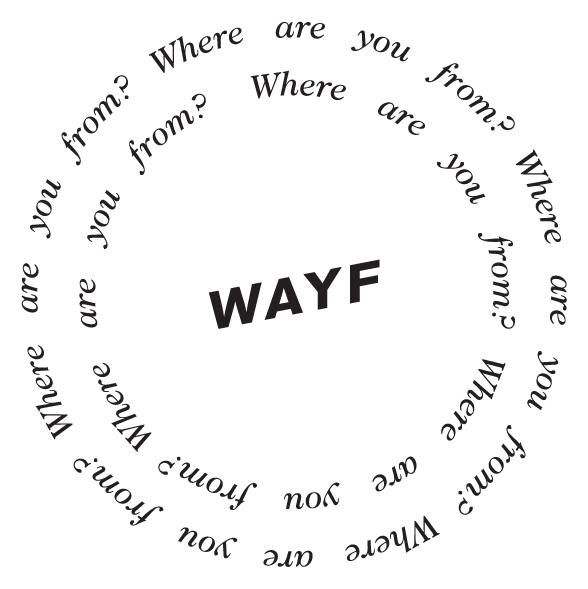Keeping all of our cultures strong
Khiera Vieira Jardinheiro
When Eduardo and I started our family, we bonded over a deep respect for our diverse cultures. Eduardo moved from São Paulo, Brazil, to Australia in 2013 where we met and fell in love. My family moved here in the late 70s, when my dad arrived from the UK and my mother fled the Cambodian Civil War.
With Eduardo so far from his family, and my experience growing up mixed-race and all the complexities that come with that, Eduardo and I wanted to make sure that Nylah and Izaya always feel like they belong to all sides of their identity. My Cambodian family is very in touch with our culture. I was raised Buddhist and always had my grandma and aunties around. But because I appear more white to others, I never fit in to either side. When I was with my mum, people would ask us if we were together or separate. They were probably thinking: Why are you standing so close to each other? Then my mum would have to say, ‘That’s my daughter.’ The same thing would happen when I was with my dad. My British relatives are all very white with blond hair, blue eyes and no dark features.
My mother used to have a complex about Euro-centric beauty ideals, to the point that when she was pregnant with me, she prayed for me to not look Asian. She believed I would have more opportunities (white privilege) if my skin was lighter. Our family had gone through a genocidal war, so I understood where those views had stemmed from, but as a child I was confused that the culture I admired and felt so connected to was telling me it wasn’t beautiful. I wished my mum had pushed back and taught me to be proud of where I’m from. It’s hard. Cambodian elders can be so racist. But it’s not coming from a place of hate, it’s just the way they’ve grown up. There’s this thing they do, where they pinch your nose and say Bout J’moue which means: ‘make your nose smaller’, because Asian noses are broader. My daughter, Nylah, has started coming home and doing that to us. It’s meant to be funny, because you go to see your aunties and everyone pulls your nose. It’s just what the elders do. But we explained to Nylah that’s not what we do, because our noses are beautiful.
It’s important to gently teach our children these things and protect their cultural identities. I remember when I was in primary school, my mum would pick me up from school and she would speak Khmer to me in front of all the other kids. I would tell her to stop, to speak English. I just wanted to fit in. Nylah is only three years old and she’s already changing her words to fit in. At her daycare all the kids call their mums ‘mum’. And when I turn up, they say Nylah, your mummy is here. But we don’t say mummy, we say mamãe which is Portuguese for Mum. When she’s in front of other people, she calls me mummy. I say, ‘who is Mummy? I’m Mamãe.’ You can lose a lot of what’s unique about you because you want to be included.
As a family, when people see Eduardo and I together they say things like, the kids have got ‘the perfect skin tone’. We hate that because what does that really mean? That Eduardo’s skin tone isn’t perfect and my skin tone is not perfect? Why is the diluted mix perfect? Unfortunately it’s something that we hear a lot. Eduardo and I know there are challenges we will continue to face raising a mixed-race family. But we want our children to feel supported, to carry on tradition and feel like they always belong. At home we speak English, Portuguese and Khmer together, we cook meals with the flavors of Brazil and Cambodia, and there is Brazilian music always in our ears. We hope Nylah and Izaya will grow up loving their unique features and being proud of who they are. Just like we are.
